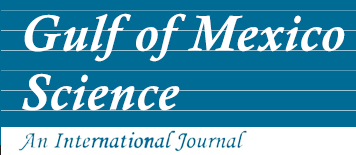Alternate Title
Estuarine Artificial Reefs to Enhance Seagrass Planting and Provide Fish Habitat
Abstract
Small 25-m2 artificial reef sets were deployed 1 m deep in Choctawhatchee Bay, FL, to determine the ability of reefs to aid in the establishment of newly planted Ruppia maritima (widgeon grass) while providing habitat for estuarine fishes. Seagrass survival and coverage were examined for reef configurations and compared with control plots. Visual surveys conducted from June 1996 to May 1997 indicated that the artificial reefs had no effect on the survivorship or growth of the planted R. maritima. The artificial reefs attracted juvenile and young adult fishes and had significantly more species, higher diversity, more individuals, and greater total biomass of fishes per area than did the nonreef controls. The 22 fish species observed at the reefs were typical estuarine residents in the area. Young gray snapper, Lutjanus griseus (a recreationally and commercially important species), was abundant at the reefs. Although the artificial reefs did not increase seagrass planting success, these artificial reefs may increase the number of fishes surviving to adulthood by providing protective habitat.
Recommended Citation
Heise, R. J. and S. A. Bortone.
1999.
Estuarine Artificial Reefs to Enhance Seagrass Planting and Provide Fish Habitat.
Gulf of Mexico Science
17
(2).
Retrieved from https://aquila.usm.edu/goms/vol17/iss2/1

